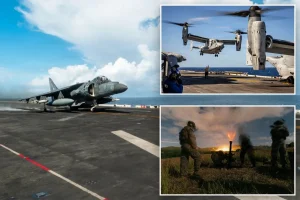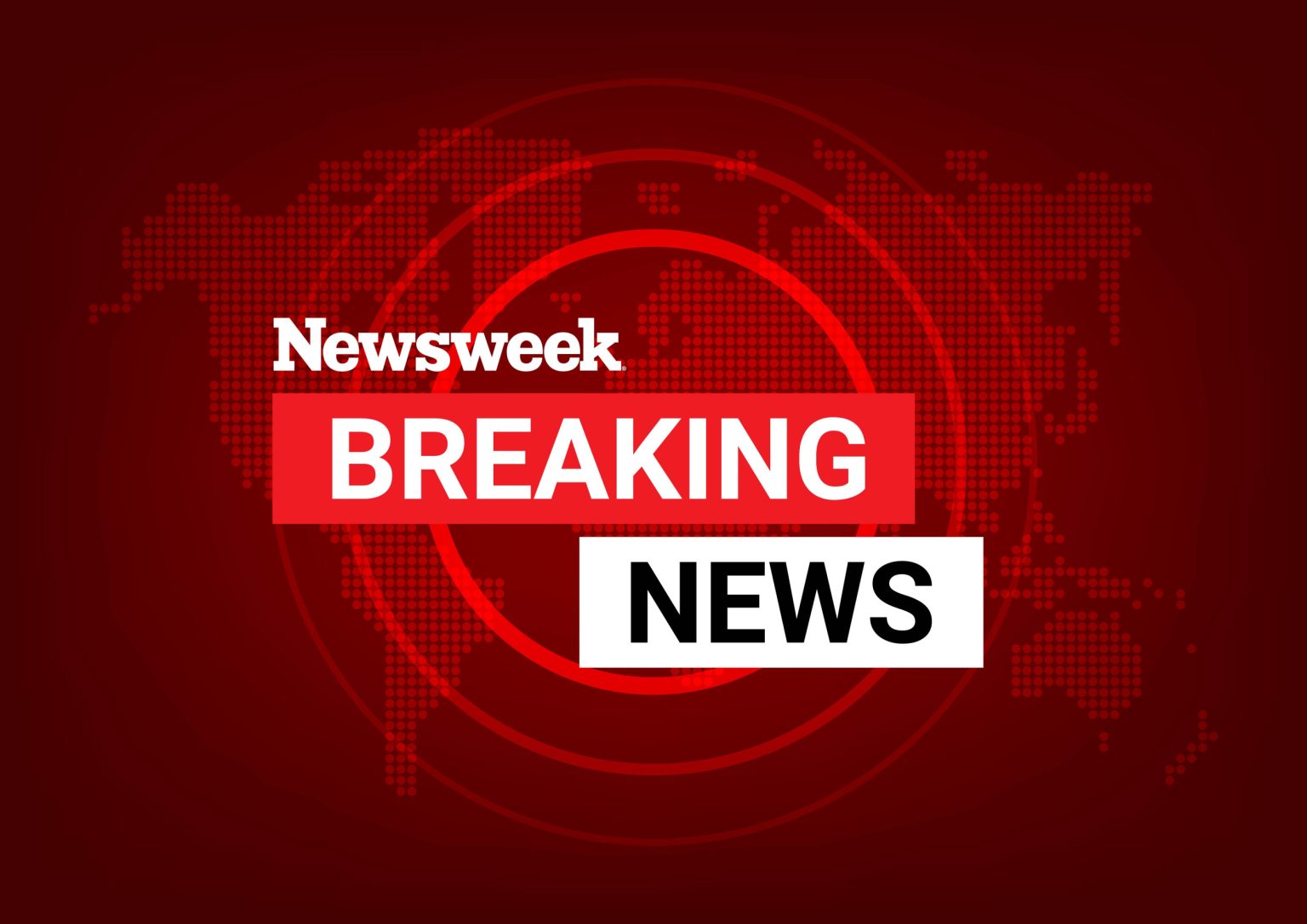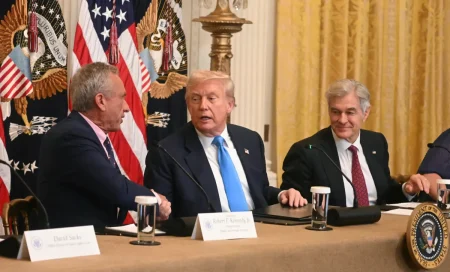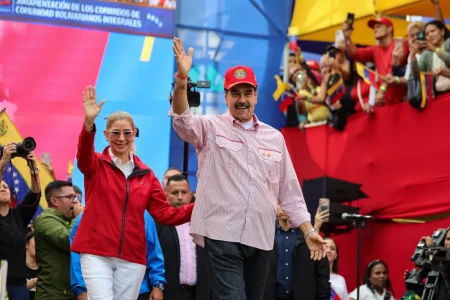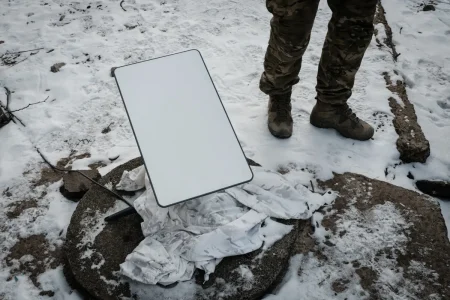Poland’s NATO Article 4 Request Amid Russian Drone Incursion
In a significant escalation of tensions along NATO’s eastern flank, Polish Prime Minister Donald Tusk has announced that Poland will formally request the invocation of NATO’s Article 4 following a concerning breach of Polish airspace by Russian unmanned aerial vehicles. This development marks a critical moment in the ongoing security dynamics between NATO and Russia, particularly as the war in Ukraine continues to send ripple effects throughout Eastern Europe. The incident, involving 19 Russian drones penetrating Polish sovereign airspace with some subsequently shot down by Polish defenses, represents one of the most serious direct confrontations between a NATO member state and Russia since the beginning of the full-scale invasion of Ukraine.
The gravity of this situation cannot be understated, as Article 4 of the North Atlantic Treaty provides a formal mechanism for consultation when a member nation perceives a threat to its “territorial integrity, political independence or security.” Unlike the more commonly referenced Article 5, which guarantees collective defense if a member is attacked, Article 4 initiates a diplomatic process where NATO allies convene to discuss the nature of the threat and potential coordinated responses. This will be only the seventh time Article 4 has been invoked since NATO’s founding in 1949, highlighting the exceptional nature of the current circumstances. Previous invocations have occurred during moments of significant security concern, including in 2014 following Russia’s annexation of Crimea, and in 2022 when Russia launched its full-scale invasion of Ukraine.
The drone incursion itself represents a troubling development in aerial security for NATO’s eastern members. Military analysts suggest that such violations could be testing NATO’s detection capabilities, response times, and resolve to defend its airspace. The fact that Polish air defenses successfully intercepted several of these drones demonstrates operational readiness, but the breach itself raises serious questions about Russia’s intentions and willingness to risk direct confrontation with NATO forces. Polish authorities have not yet released complete details about the drone models involved or their specific flight paths, but the scale of the incursion—19 separate drones—suggests a coordinated operation rather than an accidental border crossing or isolated incident.
For the Polish government, this incident comes at a particularly sensitive time as the country has been one of Ukraine’s strongest supporters since Russia’s 2022 invasion. Poland has served as a crucial logistics hub for Western military aid to Ukraine, accepted millions of Ukrainian refugees, and consistently advocated for stronger NATO and European Union responses to Russian aggression. Prime Minister Tusk, who returned to power in December 2023 after years in opposition, has maintained Poland’s staunch pro-Ukraine stance while working to repair relations with EU institutions that had deteriorated under the previous government. His decision to invoke Article 4 reflects both the seriousness with which Poland views this airspace violation and the country’s commitment to utilizing NATO’s collective security framework rather than responding unilaterally.
The broader geopolitical context surrounding this incident cannot be ignored. Russia has increasingly employed drone warfare in its campaign against Ukraine, with regular attacks on Ukrainian infrastructure using various types of unmanned aerial vehicles, including Iranian-designed Shahed drones. The appearance of similar technology in Polish airspace raises questions about whether these incursions represent deliberate intimidation, tactical errors, or technological failures in Russia’s ongoing drone operations. Furthermore, this incident occurs as NATO members continue to debate the appropriate level of support for Ukraine, with discussions about advanced weapons systems, air defense capabilities, and potential future NATO membership for Ukraine all creating friction within the alliance and heightening tensions with Moscow.
As NATO prepares to respond to Poland’s Article 4 request, the alliance faces complex calculations about proportionality, deterrence, and risk management. The consultation process will likely involve intense discussions about enhanced air defense systems for eastern members, potential diplomatic responses to Russia, and measures to prevent similar incidents in the future. For ordinary citizens in Poland and other NATO countries, this development serves as a stark reminder that despite the geographic containment of direct combat to Ukrainian territory, the security implications of Russia’s aggression continue to expand. The coming days will be crucial in determining whether this drone incursion represents an isolated incident or the beginning of a more dangerous pattern of provocations along NATO’s eastern border—a question with profound implications for European security and the future trajectory of Russia-NATO relations.

